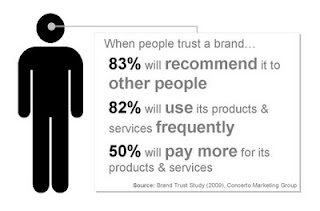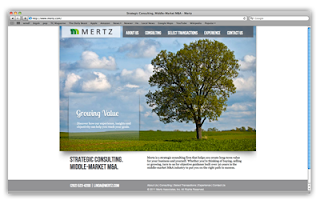- Learn about the program by reading the principles, and find out more about the participating associations. To learn how your company can implement the principles, review the Implementation Guides.
- Register to start using the Advertising
Option Icon as a
means for providing enhanced notice of online behavioral advertising
practices. To register to use the icon, click here.
- Inform consumers about data practices through clear, meaningful and prominent notices.
- Register to receive information about how to be listed on the Consumer Opt-Out Page, where consumers will be able to easily opt out of receiving online behavioral advertising from some or all participating companies.
- Report a complaint if you believe that you have witnessed a practice or ad that may violate the Principles. You can report the incident to either the Council of Better Business Bureaus (CBBB) or the Direct Marketing Association (DMA). Complaints may be filed by consumers, business entities or other stakeholders.
Monday, April 30, 2012
Boosting Consumer Confidence in Interest-Based Advertising
Tuesday, April 17, 2012
How Tapping into Emotions Plays a Larger Role in Building Brand Trust

Thursday, April 5, 2012
To Lead Your Way to a Stronger Network, Start Here
 So, you have a vision. You’re ready to “be the change you want to see in the world” (or in your community, industry or organization). You have aspirations of becoming a change catalyst and want to be viewed as a thought leader.
So, you have a vision. You’re ready to “be the change you want to see in the world” (or in your community, industry or organization). You have aspirations of becoming a change catalyst and want to be viewed as a thought leader.But where do you start? Who will support your vision? And where can you find these like-minded and equally inspired allies?
Earlier this week, Mary Scheibel presented on the topic of leadership at the Central States Water Environment Association (CSWEA) 2nd Annual Young Professionals Leadership Academy. Her presentation “Taking Your Network to the Next Level,” looked at how to build a supportive, reliable network by first demonstrating your leadership aptitude.
Everyone has to start somewhere, and a leader is no different. Find a cause, organization or an association that’s important to you. Then, figure out where you can make an impact, offer to lead an initiative or program, roll up your sleeves and help get the work done.
The benefits are numerous. You’ll make good things happen. You’ll develop a new or sharpened focus for your career and maybe even your life. You’ll gain emotional fortitude and build character. And in the process, you’ll diversify your network, establishing relationships with business and community leaders you otherwise wouldn’t have met.
Excellence starts with leaders of good character who engage in the entire process of leadership. Exhibit attributes of a values-driven leader – ethical, courageous, conscientious and aspiring. Build your value as a leader and watch your network expand and strengthen.
Discover other key success factors in taking your network to the next level by viewing the presentation slides.
Monday, April 2, 2012
Rethinking the Stock Answer for Photography

The heroic handshake. The people in suits jumping for joy. The meeting room full of diverse employees.
I’m sure you have your own examples of stock photography clichés. Of course, there are reasons why stock images are so popular. They’re fast. They’re easy. They’re affordable.
Problem is, certain types of stock photos have become way too common. That’s not to say there aren’t lots of great stock images around. You just have to work harder to present the images in a fresh way and make sure they’re relevant and meaningful to your audience. (Here’s some good use of stock photography, for example.)
Or, if you have the right opportunity and resources, and you really want to stand out and show what’s special about your company, it may be time once again to consider original photography in some instances – your website and your brand collateral, perhaps.
Yes, it’s a significant investment. Yes, it takes more time and effort. But here are just three reasons why it may be worth the trouble:
- Personality. Pictures of the real people in your real organization show who you really are – much better than images of nameless guys and gals with call-center headsets ever could.
- Professionalism. High-quality original photos convey a strong company and a respect for your audiences, who don’t have to see those same old, arms-folded executive teams.
- Relevance. You can set up your images to support your message and brand, instead of scouring iStock for a standard image that’s only marginally related.
Some of the advantages of original photography are on display at www.lubar.com and www.mertz.com (above right), two award-winning sites we’ve developed recently for clients.
So please, don’t force us to look at another generic close-up of fingers on a keyboard. Give your stock images some more thought, or give original photography a shot in your next marketing communications vehicle.